CWD High Risk Parts (blog version)
Do you have any thoughts on this post?
It’s up to hunters to comply with new regulations on moving deer carcasses and using mineral lures—but it’s worth it to stop the spread of CWD
The Boone & Crockett Club, North America’s oldest wildlife and habitat conservation organization founded by Theodore Roosevelt himself, recently made a bold recommendation to end all human-assisted live transport of deer and elk. Based on the most recent science, B&C said this is absolutely necessary to prevent unknowingly relocating animals infected with chronic wasting disease. Without a practical test for CWD in live animals, the risk is just too great, especially when you consider the rapid spread of the disease in recent years.
CWD has made headline news in the past 12 months—either because the disease has spread or because new regulations are being rolled out to slow the epidemic. We recently counted seven states where chronic wasting disease has deepened its grip since the fall 2018 opener. And we collected news stories from 25 states in the past year that have asked hunters or deer farms to follow new rules meant to control the disease.
Here’s what this means for your hunting.
The recent wave of enhanced regulations leaves only a few states without some kind of official ban on transporting deer carcasses. If moving live deer and elk is too great a risk, many hunters probably recognize that we move just as many dead deer before testing them for CWD.
As a result, 16 states have made recent changes to prevent hunters from bringing home parts of deer harvested in CWD-positive states—or anywhere outside state lines. For a full look at import bans across the country see the map below.
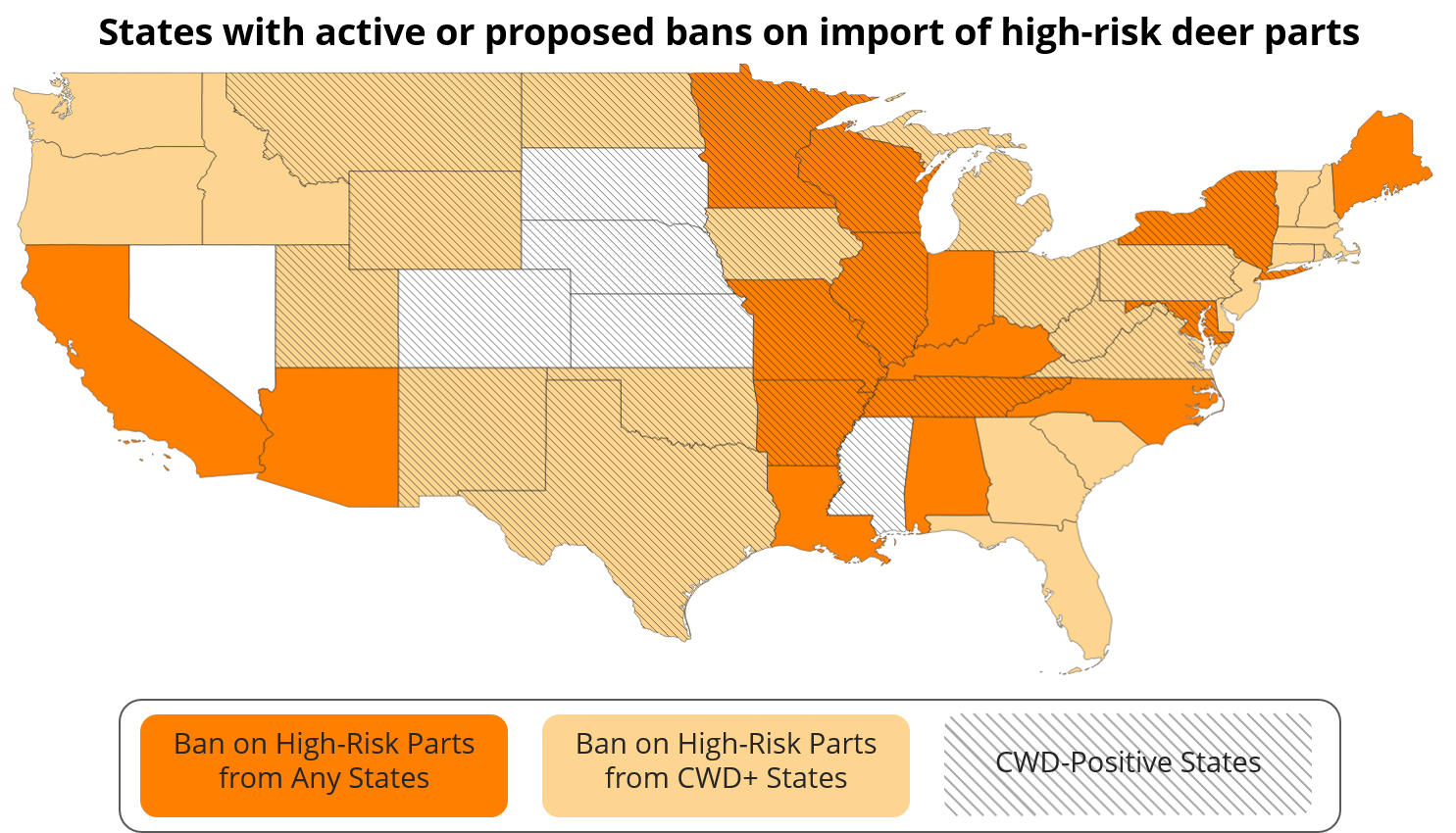
For example, in Oklahoma, where hunters contribute $680 million annually to the state’s economy, the Department of Wildlife has proposed new rules dealing with the import, transportation, or possession of deer carcasses and live deer. The state is surrounded by CWD-positive areas in Texas, New Mexico, Colorado, Kansas, Missouri, and Arkansas.
The Carolinas now have strict guidelines on which parts of deer, moose, and elk can be brought home. Their neighbor Tennessee discovered its first CWD-positive deer in 2018.
And Kentucky recently expanded its ban on deer imports to include all U.S. states—regardless of whether CWD has been detected there. Policies like this often link strongly to two factors: the long “incubation” period of the disease and the general lack of research on all the ways it spreads.
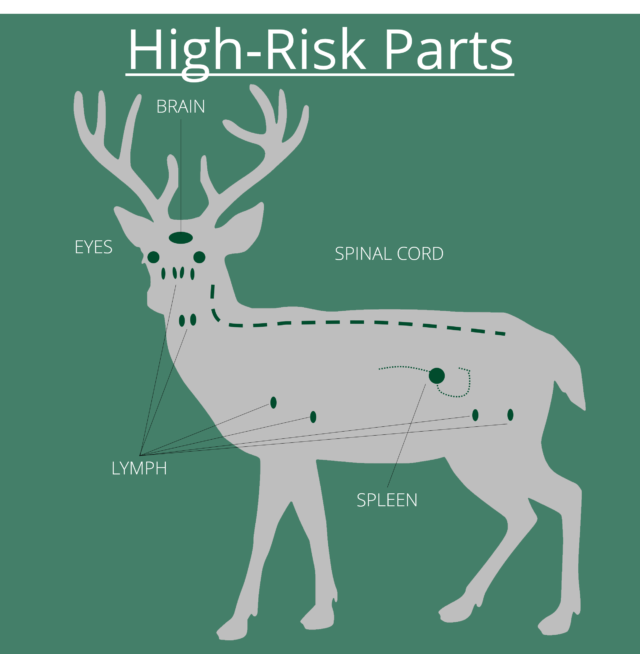
At issue are the “high-risk” parts of the deer, which house the animal’s central nervous system. This is where CWD prions would be highly concentrated. Some states, like Kansas, have opted to educate hunters and urge them not to transport anything but deboned meat, cleaned skulls, finished taxidermy, or tanned hides—but stop short of regulating the practice.
Now it’s on sportsmen and women to step up on our own.
Hunters voluntarily submitting deer samples has been the backbone of many CWD surveillance efforts for years. The disease has become such a concern, though, that some states have implemented mandatory testing in vulnerable or infected areas. In designated areas, hunters are required to submit a high-risk part, like the lymph nodes, for testing by the state wildlife agency.
This is part of what Indiana is preparing to do in the event that CWD spreads from either Illinois or Michigan. Mandatory testing and culling deer in infected areas are key parts of the state’s CWD response plan. But those measures, especially mass culling, comes with a steep price: The economic impact of lost hunting opportunities is a major concern for the state’s $15.7-billion outdoor recreation industry.
With wildlife managers still gathering samples in Tennessee’s new outbreak area, Alabama Department of Conservation and Natural Resources has expanded its surveillance efforts. More harvested deer are being sampled and tested in counties bordering Mississippi and Tenn, but there have been no positive cases of CWD in Alabama, so far.
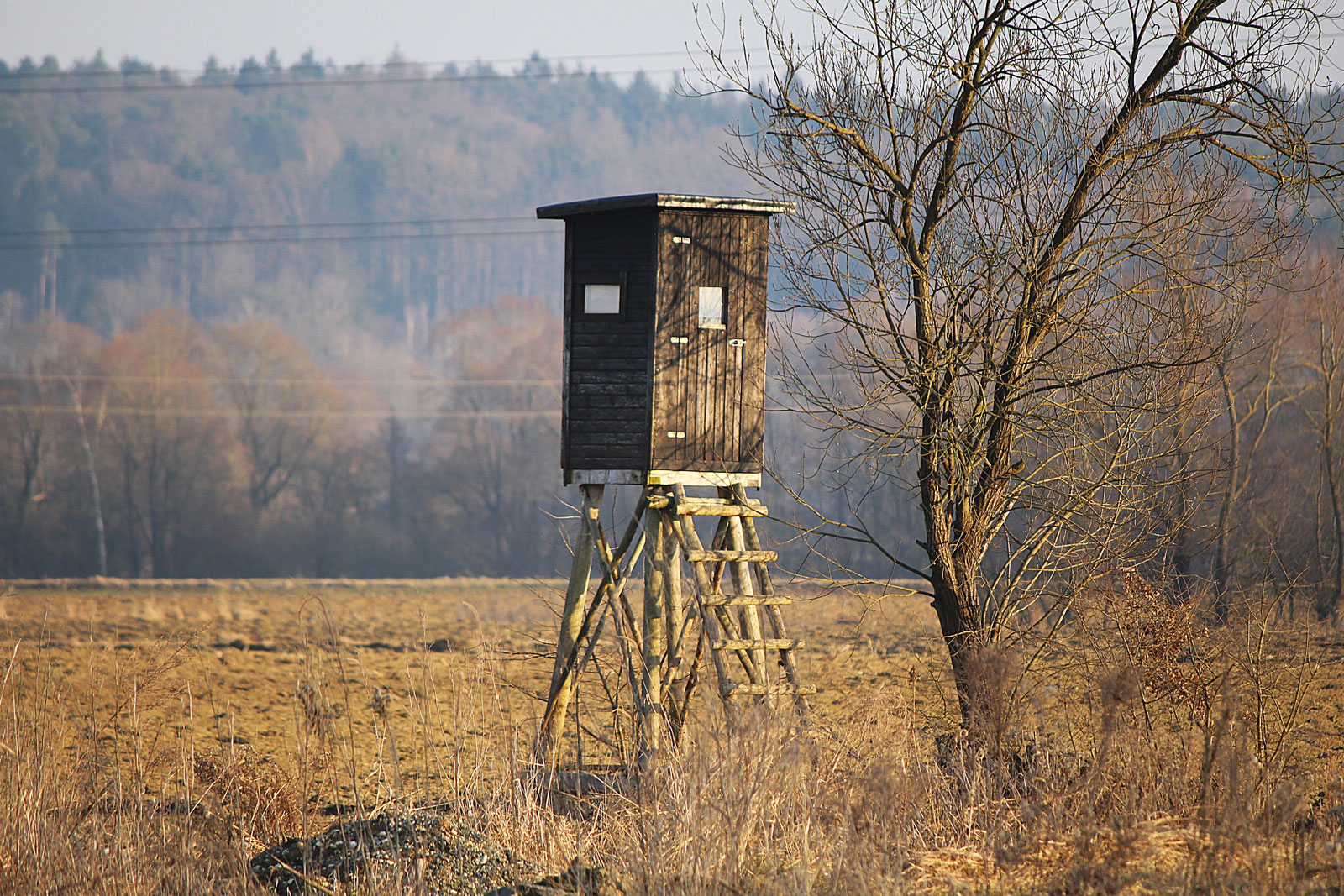
Deer farm restrictions are being considered by more states as the managers of our wild herds work to keep the captive deer industry accountable. Minnesota, New York, Tennessee, and Wisconsin all took up proposals or instituted new restrictions on captive deer farms in 2018.
In Minnesota, legislation has been proposed that would increase the containment requirements for captive deer farms. They are likely looking at neighboring Wisconsin, a stronghold for both the disease and the deer farming industry, and hoping to avoid the same fate.
After the year CWD has had, sportsmen and women should expect that this disease will change the way we hunt. But there’s still time to adapt to relatively small concessions—whether it’s mandatory testing, restrictions on certain lures, or extra time in the woods to prepare your harvested animal for safe transport—to help control this epidemic.
The stakes are high, and how we respond could mean the difference between carrying on our deer hunting traditions and watching the decline of our wild deer herds.
Top photo by Michigan DNR via flickr
Virginia should do the right thing and let experts guide the future of bunker
Hunting and fishing traditions have deep roots in Virginia—residents have a constitutional right to hunt, and more than 800,000 anglers a year turn out to fish the same waters that George Washington did. But Virginia is also the only state along the Eastern Seaboard that still allows the commercial reduction fishing of Atlantic menhaden, a critical forage fish.
The last holdout of an antiquated fishing industry, reduction fishing of menhaden—or bunker, as you’ll often hear them called on docks around the Chesapeake—involves the harvest of billions of tiny fish that are then reduced to meal and oil for use in a variety of applications, from food for farmed salmon to cosmetics.
There may be many uses for menhaden outside the water, but their real economic and ecological value comes from keeping them in the water.
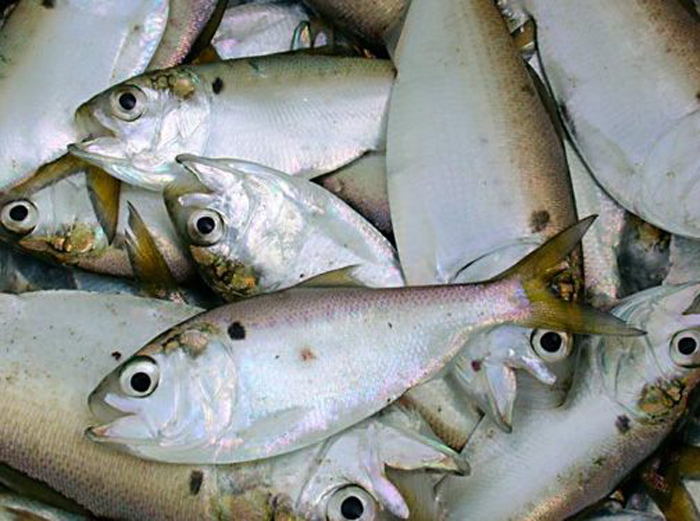
Atlantic menhaden comprise the very foundation of a diverse ecosystem, which includes some of the most popular gamefish species in the world. From a fisheries management standpoint, it doesn’t get any simpler than this: Fewer menhaden in the water means fewer striped bass, bluefish, cobia, redfish, and weakfish. And that means the potential collapse of a recreational fishing economy worth far more than any reduction fishery.
However, as the sea fog recedes, it becomes clear why Virginia allows this practice to continue.
The commonwealth manages menhaden not through its science-based Virginia Marine Resources Commission, but rather through its state legislature. It begs the question, if the commission is good enough to manage all the other marine fish stocks in the state, both recreational and commercial, why isn’t it being permitted to do its job when it comes to menhaden?
It’s clear to us that Virginia should not allow this reduction fishery to continue while risking the future of the state’s recreational fishing economy. State legislatures are no place to manage species, and if the Marine Resources Commission is good enough to manage striped bass, they ought to be managing what stripers eat, too.
Science should always guide fisheries management decisions to the greatest extent possible. It’s not realistic to take the politics out of the equation completely, but the state of Virginia needs to stop letting politics be the only guiding force in the management of menhaden.
A short-term funding patch would open some closed gates and put conservation workers back on the job, but there could be long-term consequences for public and private lands
News outlets are reporting that lawmakers have reached a deal to reopen the nine federal departments that have been shut down for more than a month. The temporary funding extension would buy Congress three weeks to come to a long-term agreement.
Over the past few weeks, sportsmen and women have been posting to social media and speaking with reporters about how this historic shutdown has affected hunting and fishing opportunities across the country. During this time, the Bureau of Land Management, U.S. Fish and Wildlife Service, U.S. Department of Agriculture, and U.S. Forest Service—some of the nation’s most important land management agencies—have been without funding.
Here are some of the access challenges, risks to public lands, and delayed conservation work that made news during the shutdown.
Whoops, forgot Flourissant is an National Landmark and therefore part of the #GovernmentShutdown pic.twitter.com/HgQKWj2yEB
— APT Outdoors (@APTOutdoors) January 19, 2019
Locked Out, Left Home
While some national wildlife refuge employees returned to work to prevent lost hunting opportunities, an estimated 800,000 federal workers were furloughed without pay—this included public-lands firefighters, wildlife biologists, law-enforcement officers, foresters, and maintenance workers.
Understaffing may have contributed to some of the reports we saw of hunters and anglers locked out of public lands. In Idaho, volunteers picked up trash around a popular fishing area within Deer Flat Wildlife Refuge, but the shutdown delayed the repair of an access gate that was damaged on Jan. 1 in a vehicle crash. Normally, the timer-operated gate closes automatically at 5:30 p.m. to discourage vandalism after hours. For now, it remains stuck closed.
Stunted Growth
Just days before the shutdown, President Trump signed into law a new five-year farm bill, which—despite being nearly two months behind schedule—included some big wins for habitat and public access. Farmers and ranchers had already experienced months of uncertainty while the farm bill debate stretched into overtime, and the shutdown delayed farm bill benefits even further. Politico reports that some farmers may not be able to take advantage of other USDA programs in time for the growing season, either.
Failure to Launch
In mid-December, the EPA and the Army Corps took the next step to replace a 2015 rule that benefited headwater streams and wetlands across the country. We know from a 2018 poll that 4 in 5 sportsmen and women supported this move, but the agencies’ new rule would instead roll back these Clean Water Act protections. Because of the shutdown, however, hunters and anglers have been prevented from voicing their feedback on the new rule, keeping waterfowl and fish habitat in limbo.
Waiting for Numbers
Another unintended consequence of the government shutdown might be delayed research that could help sportsmen and women advocate for better policies. For example, it is likely that some marine fisheries stock assessments will be postponed. And this could influence decision-making if the Atlantic States Marine Fisheries Commission meets to consider important management questions without the latest striped bass stock assessment—which is likely to show that the population is overfished.
Funding Shortfalls Stack Up
Unfortunately, the shutdown is also adding to the growing $18.6 billion maintenance backlog on our public lands. The bulk of that figure is tied to overdue projects in national parks, but more than $7 billion in deferred maintenance work is affecting BLM, Forest Service, and national refuge lands where we hunt and fish.
Quite simply, even if Congress can strike a long-term bargain before this deal expires on Feb. 15, it may take years to make up for the time and funding lost during this shutdown.
Top photo by seth schulte on Unsplash
With most of the season’s testing done, it’s clear that the rapid spread of CWD continues
It may be caused by a mutated protein, but the spread of chronic wasting disease is on the verge of “going viral.” After it was first identified in 1967, the always-fatal deer disease remained isolated to a core region between Colorado and Wyoming for decades. But starting in the early 2000s, CWD began popping up across the country.
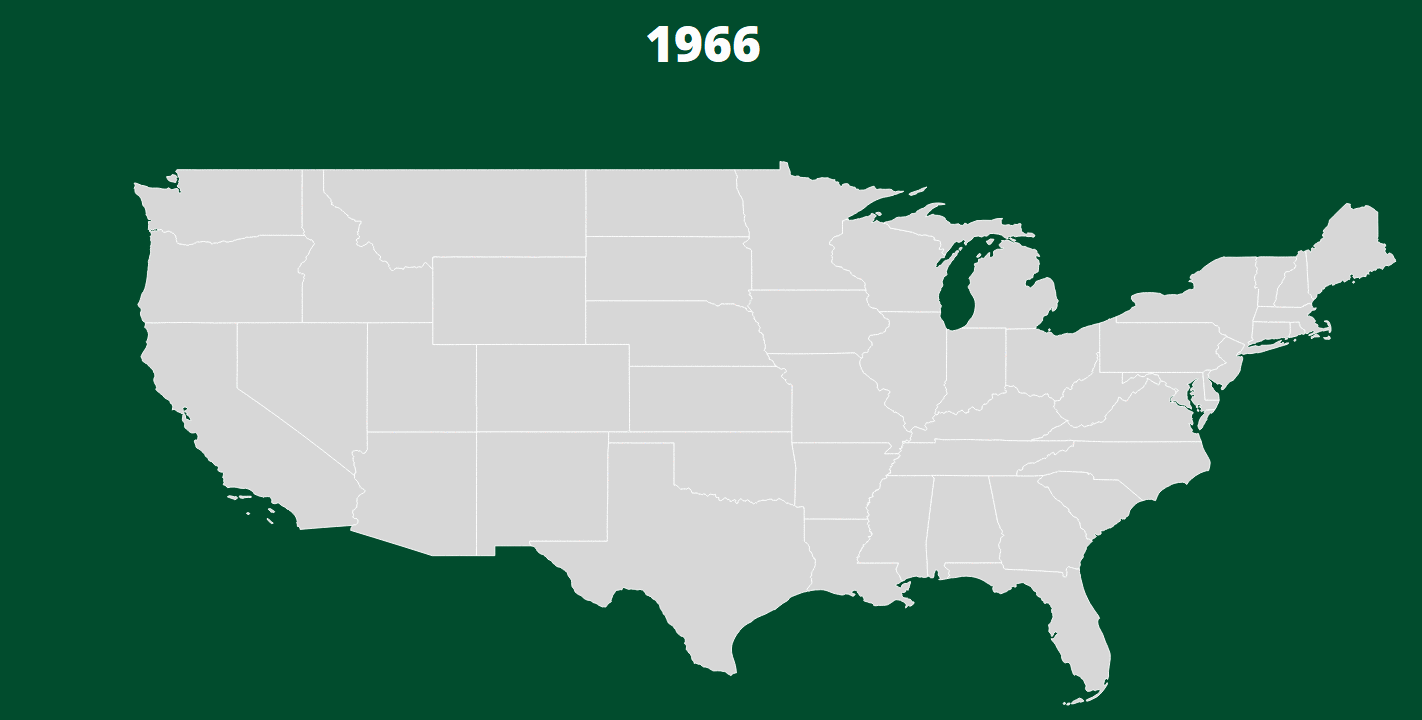
Now, it’s spreading faster than ever before. We counted 12 U.S. states that have made news since the end of the 2018 fall hunting season for either finding the disease in formerly CWD-free zones or for implementing new solutions to keep the epidemic out. And 25 states total have had confirmed cases—that’s nearly twice as many as ten years ago.
Fortunately, many hunters and wildlife managers are taking CWD challenges seriously, but states need support to tackle this disease without delay. Here are seven places where CWD is gaining ground.
CWD First Detected: December 2018
Recently Spread to: Fayette and Hardeman Counties
CWD has been found for the first time in the Volunteer State. The Tennessee Fish and Wildlife Commission is implementing an emergency action plan after at least 13 cases of chronic wasting disease were discovered in deer as of late December. A special hunting season in three high-risk counties, which border CWD-positive areas discovered recently in Mississippi, is ongoing through the end of January.
CWD First Detected: February 2018
Recently Spread to: Marshall and Pontotoc Counties
Previously confined to the west-central region of the state, CWD surfaced this year in two northern counties of Mississippi. The infected area covers a large portion of the Holly Springs National Forest.
CWD First Detected: Oct 2015
Recently Spread to: Scott County
CWD was first detected in Arkansas three years ago, and it seems that the disease continues to push south. It is likely only a matter of time until neighboring Louisiana is faced with CWD on both its northern border with Arkansas and eastern border with Mississippi.
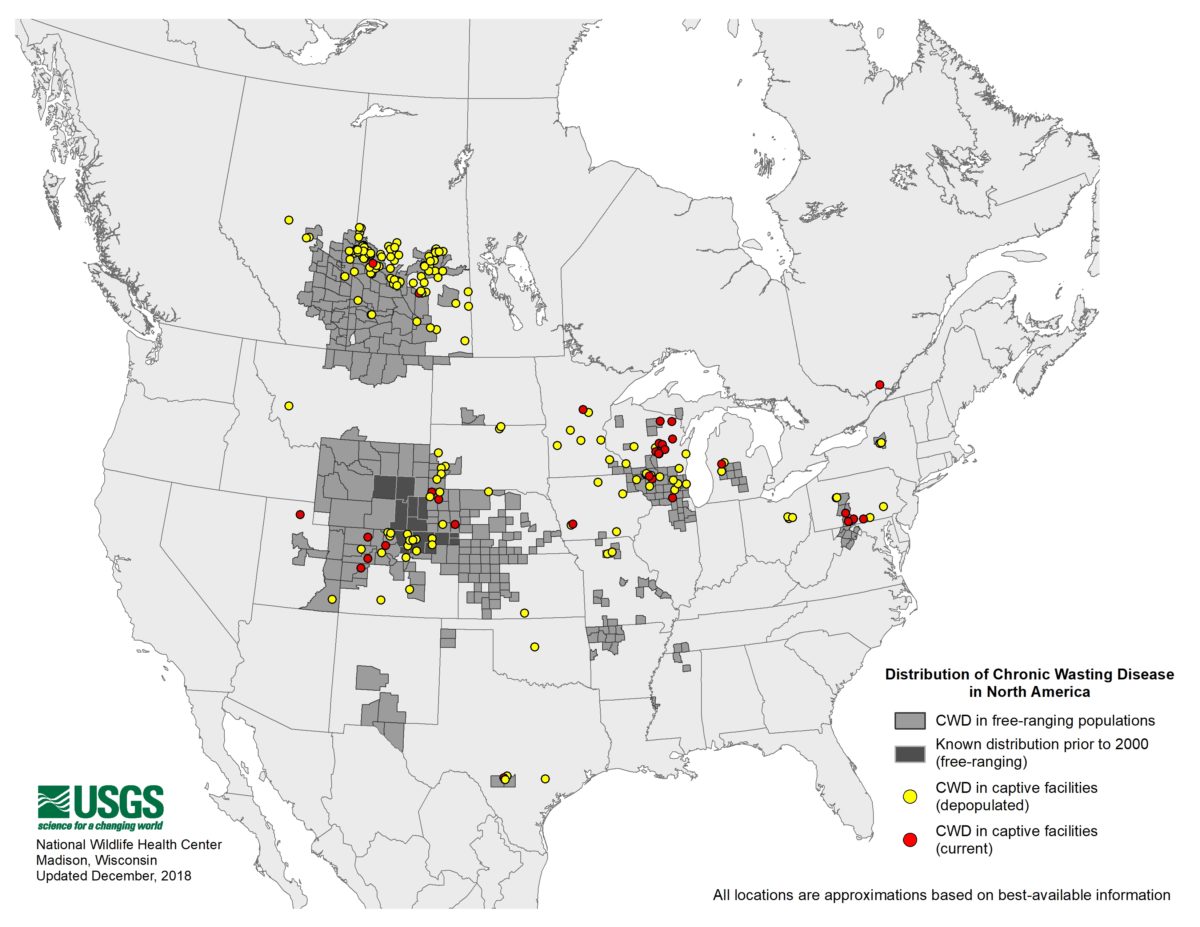
CWD First Detected: Feb 2010
Recently Spread to: Stone County
A yearling buck harvested on opening weekend of firearm season tested positive for CWD in November 2018, marking fresh territory for the disease in the far southwest corner of Missouri. There were 11 confirmed cases this past hunting season, bringing the state’s all-time total up to 86 deer. Now that CWD is scattered throughout the state, wildlife managers face the especially difficult task of containing the spread.
CWD First Detected: Mar 2010
Recently Spread to: Unit 3A1
The Roughrider State saw CWD break new ground in a northwestern hunting unit, after having been confined to the opposite end of North Dakota for many years. Unfortunately, the expansion is not much of a surprise, according to experts. Neighboring Minnesota and Saskatchewan have CWD-positive zones that are too close for comfort. This will not be an isolated event.
CWD First Detected: Aug 2002
Recently Spread to: Houston County
Just one day after Minnesota announced it would step up its CWD response, a deer tested positive outside the known outbreak zone. The buck was harvested 31 miles from the epicenter of the state’s largest CWD zone (for wild deer) and 25 miles from the closest known CWD case.
First Detected: Jul 1999
Recently Spread to: Valley County and Keya Paha County
The Cornhusker State looks destined to join Wyoming as an area blanketed with CWD. Nebraska added multiple counties to the CWD-positive list this year—around half the state has confirmed cases of the disease.
Top photo by Ravi Pinisetti via Unsplash
Theodore Roosevelt’s experiences hunting and fishing certainly fueled his passion for conservation, but it seems that a passion for coffee may have powered his mornings. In fact, Roosevelt’s son once said that his father’s coffee cup was “more in the nature of a bathtub.” TRCP has partnered with Afuera Coffee Co. to bring together his two loves: a strong morning brew and a dedication to conservation. With your purchase, you’ll not only enjoy waking up to the rich aroma of this bolder roast—you’ll be supporting the important work of preserving hunting and fishing opportunities for all.
Learn More
